China
The World Health Organization certified China malaria-free on Wednesday.
"We congratulate the people of China on ridding the country of malaria," said WHO director-general Tedros Adhanom Ghebreyesus.
"Their success was hard-earned and came only after decades of targeted and sustained action. With this announcement, China joins the growing number of countries that are showing the world that a malaria-free future is a viable goal."
China is the 40th territory in the world to achieve the feat after a 70-year effort to eradicate the infectious mosquito-borne disease from its country -- which reported 30 million cases annually in the 1940s but has since gone four consecutive years without an indigenous case.
The last countries to gain the status were El Salvador (2021), Algeria and Argentina (2019), and Paraguay and Uzbekistan (2018).
There is a separate list of 61 countries where malaria never existed or disappeared without specific measures.
Wang Wenbin, the Chinese Foreign Ministry spokesperson, issued the following public statement to mark the occasion.
"Eliminating malaria is a great contribution by China to human health and global human rights progress. China will continue to put effort into the cause of public health development and international medical cooperation, in order to make an even greater contribution towards safeguarding the health and prosperity of Chinese people and people all over the world."
Countries that have achieved at least three consecutive years of zero indigenous cases -- with rigorous evidence and solid anti transmission re-emergence capacity -- can apply for WHO certification of their malaria-free status.
They must present rigorous evidence -- and demonstrate the capacity to prevent transmission re-emerging.
- Global progress plateauing -
China is the first country in the WHO's Western Pacific region to be awarded a malaria-free certification in more than three decades.
The only others with certified status are Australia (1981), Singapore (1982) and Brunei (1987).
The WHO's World Malaria Report 2020 said global progress against the disease was plateauing, particularly in African countries bearing the brunt of cases and deaths.
The annual report, published in November, said that after steadily tumbling from 736,000 in 2000, the disease claimed an estimated 411,000 lives in 2018 and 409,000 in 2019.
Meanwhile, in 2019 the global tally of malaria cases was estimated at 229 million -- a figure that has been at the same level for the past four years.
Over 90% of malaria deaths occur in Africa, the majority -- more than 265,000 -- in young children.
- China's pioneering malaria battle -
In the 1950s, Beijing started working out where malaria was spreading and began to combat it with preventative anti-malarial medicines, said the WHO.
The country reduced mosquito breeding grounds and stepped up spraying insecticide in homes.
In 1967, China launched a scientific programme to find new malaria treatments, which led to the discovery in the 1970s of artemisinin -- the core compound of artemisinin-based combination therapies (ACTs), which are the most effective antimalarial drugs available.
In the 1980s, China was among the first countries to extensively test the use of insecticide-treated nets to prevent malaria. By 1988, more than 2.4 million had been distributed nationwide.
By the end of 1990, the number of malaria cases in China had plummeted to 117,000, and deaths had been cut by 95%.
"China's ability to think outside the box served the country well in its own response to malaria, and also had a significant ripple effect globally," said Pedro Alonso, director of the WHO's global malaria programme.
- Southern border surveillance -
From 2003, China stepped up efforts across the board that brought annual case numbers down to around 5,000 within 10 years.
After four consecutive years of zero indigenous cases, China applied for WHO certification in 2020.
Experts travelled to China in May this year to verify its malaria-free status -- and its plans to prevent the disease from coming back.
The risk of imported cases remains a concern, not only among people returning from sub-Saharan Africa and other malaria-hit regions but also in the southern Yunnan Province, which borders Laos, Myanmar and Vietnam, all struggling with the disease.
China has stepped up its malaria surveillance in at-risk zones in a bid to prevent the disease from re-emerging, said the WHO.






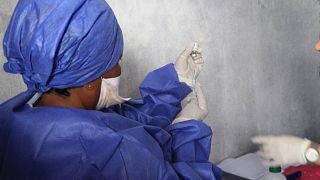
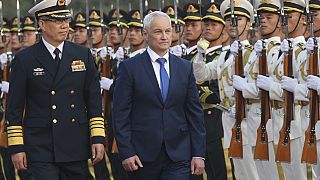

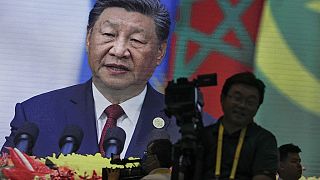
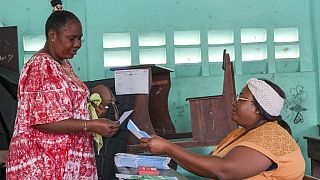

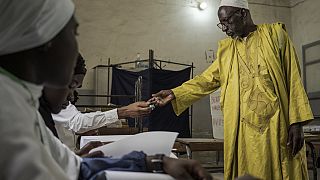
01:12
WHO warns measles infections on the rise, after more than 10 million cases reported in 2023
Go to video
Africa CDC endorses Morocco's Mpox test
00:55
New report shows sub-Saharan Africa receives the least diabetes treatment
01:15
WHO: Mpox cases in South Kivu may be 'plateauing', but DRC seeing a 'general rising trend' in cases
01:02
Sudan rolls out malaria vaccines to bolster efforts to protect children
01:48
Kung Fu gains popularity among young people in Kenya